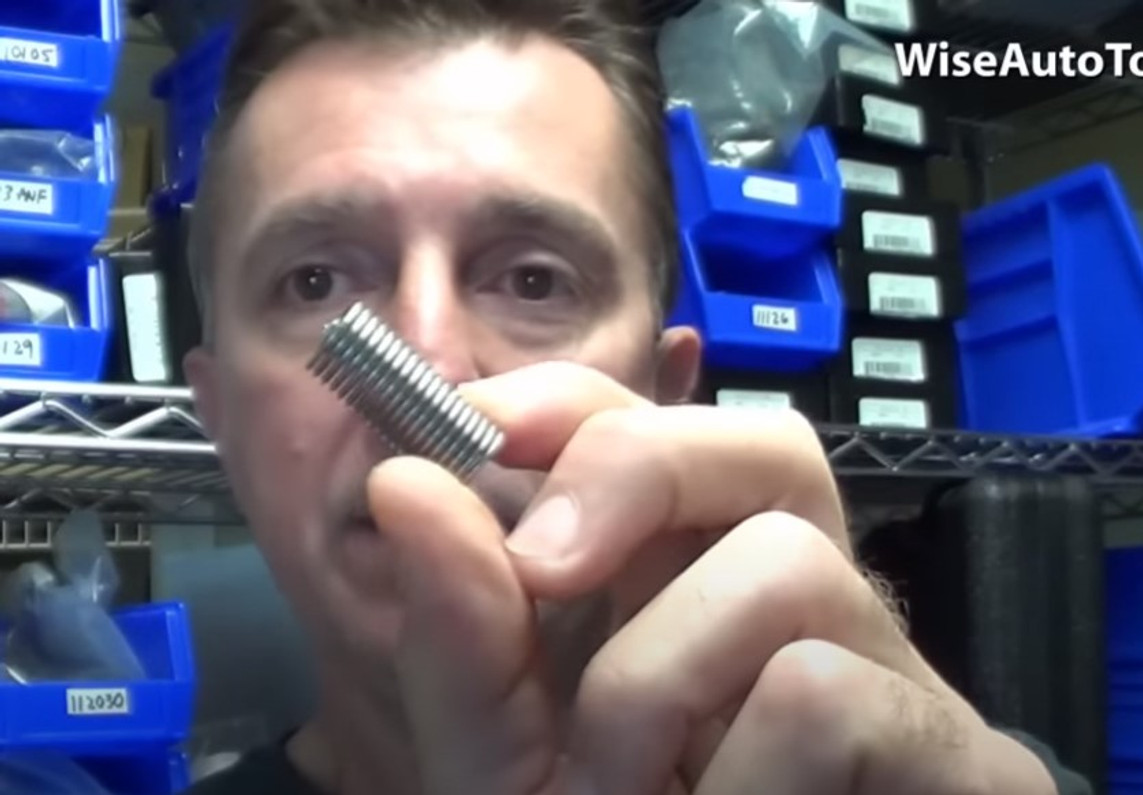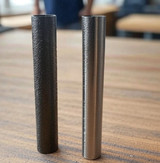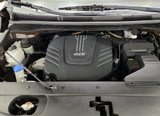Blind Holes and Thread Repair: Applications in the Automotive Industry
WiseAuto Tools Summary: A blind hole is a type of hole that does not go all the way through a material, but instead, it has a bottom or "blind" end. This means that the hole does not exit out the other side of the material but rather terminates at a specific depth. Blind holes are commonly used in manufacturing processes for a variety of purposes, such as creating a cavity for a screw or bolt to be inserted into, or for creating a recess for a nut or other fastener to be installed. They can also be used for other applications such as fluid and gas flow control or electrical routing. The opposite of a blind hole is a through-hole, which goes completely through the material.
Blind holes are commonly used in various manufacturing processes, including machining, casting, and molding, as they can help to reduce the weight of a material while maintaining its structural integrity. They can also be used to create a clean and finished appearance, as well as to reduce the risk of leaks or other issues that may occur when a through-hole is used.
In addition to creating a cavity for a screw or bolt to be inserted into, blind holes can also be used for fluid and gas flow control, electrical routing, and other applications. For example, blind holes may be used in the production of hydraulic systems to provide a space for fluid to be contained, which can help to prevent leaks and other issues.
Blind holes are commonly used in various manufacturing processes in the automotive industry due to their versatility and practicality. Here are some examples of components in the automotive industry that use blind holes:
- Engine block: Engine blocks use through-holes for spark plugs rather than blind holes. However, blind holes are used in engine blocks for various other components such as head bolts, sensors, coolant channels and oil passages.
- Transmission: Blind holes are used in transmissions to create cavities for mounting bolts, fluid passages, and other components such as sensors and solenoids.
- Brake calipers: Blind holes are used in brake calipers to create cavities for mounting bolts, fluid passages, and bleeder screws.
- Suspension components: Blind holes are used in suspension components to create cavities for mounting bolts, as well as for lubrication and other functions.
- Exhaust manifold: Blind holes are used in exhaust manifolds to create cavities for mounting bolts, as well as for mounting studs and oxygen sensors.
When it comes to repairing threads in a blind hole, the Time Sert insert kit is a popular option. This kit is designed to help ensure that the repair is done correctly and that the repaired threads are strong and secure. The kit includes a drill bit, a tap, and an insert, as well as a driver tool and other accessories that are needed for the repair.
To use the kit, it is important to consider the depth of the blind hole, which should be at least 0.250 inches or 6.3mm deeper than the insert itself to account for the relief angle length of the tap required for full thread engagement. The length of the insert, plus the relief angle of the tap, should be equal to the depth of the blind hole.
The driver tool has to go all the way though the insert to cold roll and expand the bottom of the insert. Therefore the insert cannot be the same exact depth/length of the hole. It is also essential to avoid bottoming out the driver tool during installation to prevent any damage to the material, the insert or possibly break the driver. To avoid this, a visual mark can be made on the driver tool to indicate the depth of the blind hole. This can be done using an ink marker or a strip of electrical tape wrapped around the driver tool. By following these steps, you can effectively repair threads in a blind hole using the Time Sert insert kit.
By following the steps outlined in the instructions provided with the kit, it is possible to successfully repair threads in a blind hole and ensure that the repaired threads are strong, secure, and durable.
In summary, blind holes are a type of hole that do not go all the way through a material, and they are commonly used in various manufacturing processes. When it comes to repairing threads in a blind hole, the Time Sert insert kit is a popular and effective option that can help to ensure that the repair is done correctly and that the repaired threads are strong and secure.
Since 2005, we have been providing customers with a range of specialty tools and aluminum thread repair kits. If you are unsure which thread repair kit is the best fit for your specific application, we encourage you to reach out to us for assistance. By calling our toll-free number at 800-734-8665 or filling out our Contact Form, our team of experts can help you choose the appropriate kit wisely. Our goal is to ensure that you have the tools and support you need to successfully complete your project with ease and confidence.
Recent Posts
-
Debunking Myths: Is Stainless Steel Just Carbon Steel with Rust Protection?
Hello, I'm Dennis Bandy, owner of Wise Auto Tools and a Master Automotive Technician with many years …15th Jul 2025 -
Head Bolt Stripping in Kia and Hyundai Engines: How Common Is It and How to Fix It
A customer recently emailed us with a great question: “What percent of Kia vehicles would you say ha …9th Jul 2025 -
Pentastar 3.6L Head Bolt Thread Repair on a Budget
We recently received a great question from Michael, a DIYer facing a common problem of stripped thre …19th Mar 2025




